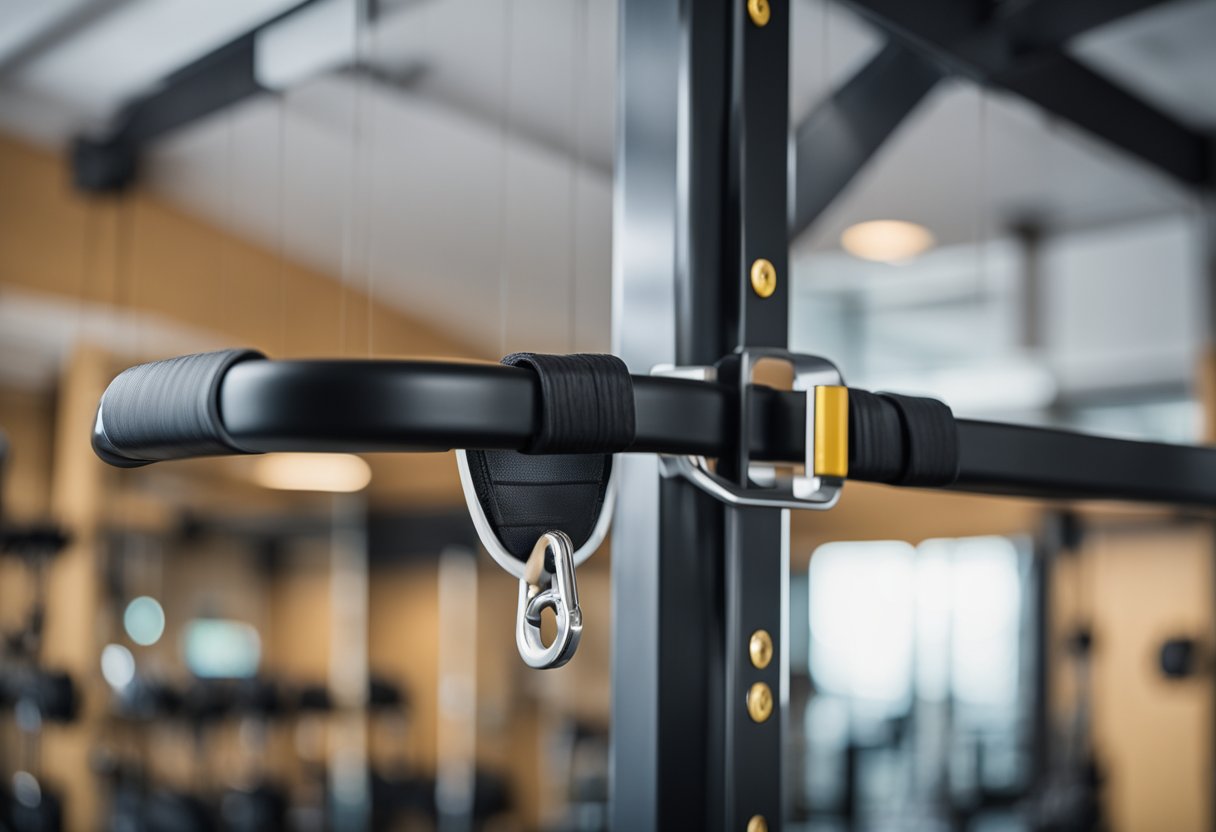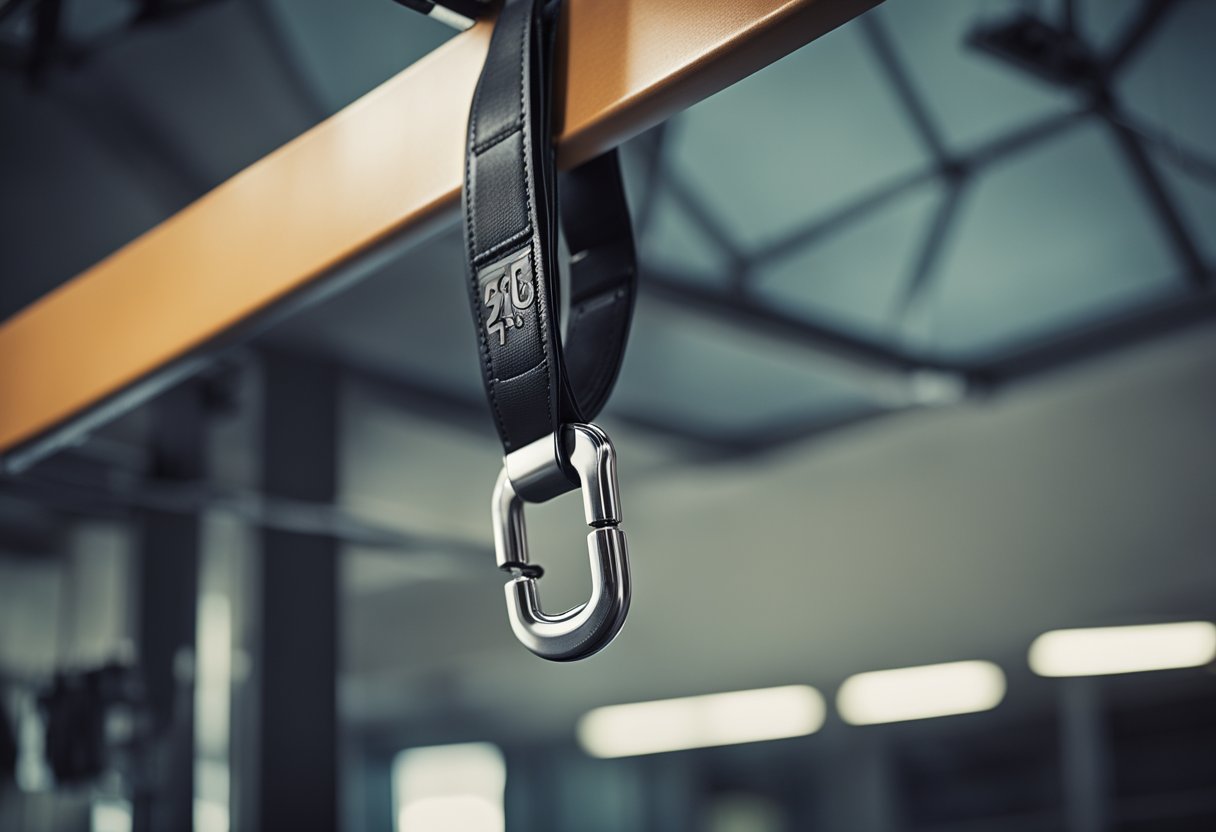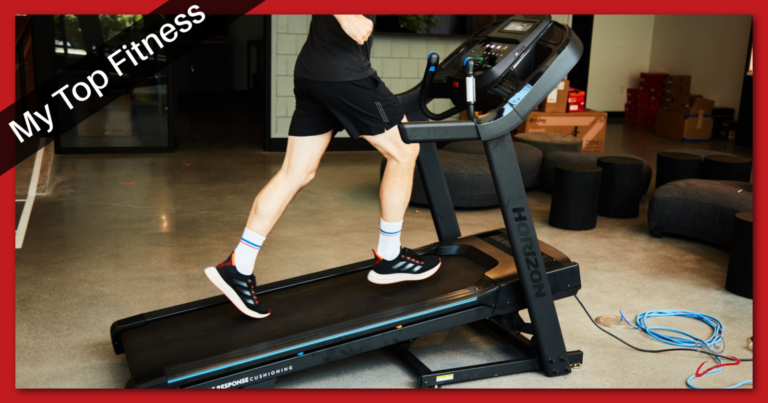How to Level Up Your Pull-Up Game with a Weighted Belt
Are you tired of doing the same old pull-ups without seeing any progress? It’s time to step up your game and try weighted pull-ups. By adding extra weight to your pull-ups, you can challenge your muscles and take your strength to the next level. In this article, we will show you how to use a weighted belt for pull-ups and help you get the most out of this exercise.

Understanding how to properly perform weighted pull-ups is crucial to avoid injury and maximize your results. We will discuss the benefits of weighted pull-ups and how to choose the right equipment for your needs. We’ll also cover proper technique and form to ensure that you’re getting the most out of each rep.
Key Takeaways:
- Weighted belt pull-ups can help you challenge your muscles and take your strength to the next level.
- Understanding the benefits of weighted belt pull-ups and choosing the right equipment is crucial for success.
- Proper technique and form are essential to avoid injury and maximize your results.
Understanding Weighted Belt Pull-Ups
If you’re looking to take your pull-up exercise to the next level, weighted pull-ups are an excellent way to build strength, muscle mass, and hypertrophy. Weighted pull-ups involve adding extra weight to your pull-up exercise using a weight belt or a weighted vest. This added weight increases the resistance, making the exercise more challenging and allowing you to build more strength.
Strength training is all about progressive overload, and weighted pull-ups are an excellent way to achieve this. By adding weight to your pull-up exercise, you’ll be able to progressively overload your muscles, leading to increased muscle mass and relative strength.
Weighted pull-ups are a compound movement that engages multiple muscle groups, including your back, lats, upper back, arms, and biceps. This exercise also engages your core and abs, making it an effective way to build core strength.
When performing weighted pull-ups, it’s essential to focus on proper form to ensure that you’re engaging the right muscles and avoiding injury. Make sure to engage your shoulder blades and back muscles as you pull yourself up, and keep your core tight throughout the exercise.
Weighted pull-ups are an excellent way to build strength and muscle mass in your back and arms. By adding weight to your pull-up exercise, you’ll be able to progressively overload your muscles, leading to increased muscle fiber recruitment and hypertrophy. So, grab a weight belt, add some extra weight, and start building your strength with weighted pull-ups!
Benefits of Weighted Pull-Ups
If you’re looking to take your pull-up game to the next level, consider adding weight to your pull-ups. Here are some benefits of weighted pull-ups that may convince you to give them a try:
Increased Strength and Muscle Mass
Adding weight to your pull-ups is a great way to increase your overall strength and build muscle mass. By challenging your muscles with more resistance, you’ll be able to push yourself harder and see better results. This is especially true for athletes and strength athletes who need to constantly challenge their bodies to improve their performance.
Hypertrophy
Weighted pull-ups can also lead to hypertrophy, or muscle growth. By increasing the resistance on your muscles, you’ll be able to stimulate more muscle fibers, which can lead to bigger, stronger muscles. This is especially important for those who are looking to build muscle mass.
Improved Health
Weighted pull-ups can also have a positive impact on your overall health. By engaging in bodyweight exercises like pull-ups, you’ll be able to improve your cardiovascular health, increase your endurance, and boost your metabolism. This can lead to a healthier, more active lifestyle.
Improved Coordination and Balance
In addition to building strength and muscle mass, weighted pull-ups can also help improve your coordination and balance. By adding weight to your pull-ups, you’ll need to engage more muscles and focus on maintaining proper form. This can help improve your overall coordination and balance, making you better at other physical activities.
Great for Calisthenics and Bodyweight Exercise
Weighted pull-ups are a great exercise for those who are into calisthenics and bodyweight exercise. By using your own bodyweight and adding weight, you’ll be able to challenge yourself in new ways and see better results.
Overall, adding weight to your pull-ups is a great way to take your workout to the next level. Whether you’re looking to build muscle mass, improve your health, or challenge yourself in new ways, weighted pull-ups are a great exercise to add to your routine.
Choosing the Right Equipment
Are you excited to take your pull-up game to the next level? Adding a weighted belt to your workout routine can help you build strength and increase muscle mass. But with so many options available, how do you choose the right equipment?
First, consider the type of gym you have access to. If you work out at home, a pull-up bar and a weighted belt might be all you need. If you go to a commercial gym, they may have weighted vests, dumbbells, barbells, kettlebells, chains, and other equipment you can use.
When choosing a weighted belt, make sure it fits securely and comfortably around your waist. Look for a belt made with durable materials that can withstand the added weight. Some popular options include the Harbinger Polypropylene Dip Belt and the Iron Bull Strength Advanced Dip Belt.
If you don’t have access to a weighted belt, you can also use a backpack or resistance bands to add extra weight to your pull-ups. Amazon has a variety of affordable options available.
No matter what equipment you choose, make sure to start with a weight that is challenging but manageable. Gradually increase the weight as you get stronger to continue making progress.
Proper Technique and Form
Using a weighted belt for pull-ups can help take your back strength to the next level. However, it is essential to use proper technique and form to avoid injury and get the most out of the exercise.
Grip
Start by approaching the bar and raising your arms directly above your head in a comfortable position with a medium overhand grip. This should be a comfortable starting grip width. Additional grips can be tailored to your preference, but a shoulder-width grip is recommended.
Starting Position
Hang from the bar with your arms fully extended in a dead hang position. Engage your latissimus dorsi and forearm flexors to maintain control. Keep your torso straight, head neutral, and palms facing away from your body.
Range of Motion
Pull your body up towards the bar until your chin passes the bar. Ensure that you maintain a straight torso and do not swing or use momentum to complete the exercise. Lower yourself back down to the starting position in a controlled manner.
Core Strength and Body Control
Maintain core strength and body control throughout the exercise. Avoid swinging or using momentum to complete the exercise.
Mechanical Advantage
Using a weighted belt can provide a mechanical advantage, but it is essential to choose a weight that challenges you without compromising your form. Start by performing 2-3 sets of 5-10 repetitions with a weight that allows you to maintain good technique throughout all sets and repetitions.
Perfect Form
Perfect form is essential to avoid injury and get the most out of the exercise. Take your time to perfect your technique and form before adding additional weight or repetitions.
Discomfort
It is normal to experience discomfort or soreness when starting with a weighted belt. However, if you experience pain or discomfort in your shoulders, elbows, or wrists, stop the exercise and consult a medical professional.
By following these tips, you can use a weighted belt for pull-ups safely and effectively to build back strength and improve your overall fitness.
Adding Weight to Your Pull-Ups
If you’re looking to take your pull-up game to the next level, adding weight to your pull-ups is a great way to do it. By adding external resistance to your pull-ups, you can increase the intensity of the exercise and work your muscles harder, leading to greater size and strength gains.
One of the most common ways to add weight to your pull-ups is by using a weighted belt. A weighted belt is a belt that you wear around your waist, with a chain or strap that allows you to attach weight plates to it. This external load provides additional resistance, making the exercise more challenging and effective.
To perform a weighted pull-up, simply attach the desired amount of weight to your weighted belt, and then perform the exercise as you normally would. Keep in mind that you may need to start with a lighter weight than you think, as even a small amount of additional resistance can make a big difference in the difficulty of the exercise.
As with any exercise, it’s important to use proper form when performing weighted pull-ups. Make sure to maintain good posture and engage your core muscles throughout the exercise. Additionally, be sure to gradually increase the weight you use over time, using progressive overload to continue challenging your muscles and promoting growth.
Overall, adding weight to your pull-ups is an excellent way to take your workout to the next level. By using a weighted belt and gradually increasing the amount of external resistance you use, you can achieve greater size, strength, and overall fitness.
How to Perform Weighted Pull-Ups
Are you ready to take your pull-up exercise to the next level? Then it’s time to try weighted pull-ups! This exercise is perfect for building core strength, body control, and improving your grip. Here’s how to do it:
-
Get Your Grip
Hand placement is crucial for the perfect form in weighted pull-ups. Start by approaching the bar and raising your arms directly above your head. Grab the pull-up bar with a full overhand grip, with your palms facing away from you. Your grip should be about shoulder-width apart or slightly wider than your shoulders. -
Strap on the Weighted Belt
Stand on a plyometric box or a secure flat bench. Place a pull-up belt around your waist with the appropriately sized weight plate. Make sure it’s securely fastened before you start the exercise. -
Find Your Starting Position
Hang from the bar with your arms fully extended, and your torso perpendicular to the ground. Keep your head neutral, and your chin level with the bar. This is called the “dead hang” position. -
Begin the Pull-Up
Inhale as you pull yourself up towards the bar, keeping your elbows close to your body. Use your latissimus dorsi, forearm, and forearm flexors to pull yourself up. Exhale as you reach the top of the range of motion, with your chin above the bar. -
Lower Yourself Down
Slowly lower yourself back down to the starting position, exhaling as you go. Make sure to keep your core engaged to maintain control throughout the exercise. -
Repeat and Increase Weight
Repeat this exercise for the desired number of repetitions, and gradually increase the weight as you get stronger.
Remember, it’s normal to feel some discomfort when you first start doing weighted pull-ups. Make sure to stretch before and after the exercise, and listen to your body to avoid injury. With practice, you’ll be able to perform the perfect weighted pull-up with ease!
Incorporating Weighted Pull-Ups into Your Workout
Are you ready to take your pull-up game to the next level? Incorporating weighted pull-ups into your workout routine is a great way to increase the intensity and challenge of your pull-up exercises. Here are some tips to help you get started:
Determine Your Starting Weight
Before you begin incorporating weighted pull-ups into your workout, you need to determine your starting weight. This weight should be challenging but not too heavy that you can’t perform proper form. Start with a weight that allows you to complete 3-5 sets of 5-8 reps with good form.
Choose the Right Workout Program
When incorporating weighted pull-ups into your workout, it’s important to choose the right program. Strength training programs that focus on progressive overload are ideal for incorporating weighted pull-ups. You can gradually increase the weight and reps over time to keep challenging yourself.
Vary Your Rep Range
To continue making progress with weighted pull-ups, you need to vary your rep range. This will help you avoid hitting a plateau and keep making progress. Aim for a rep range of 5-8 reps per set to build strength and muscle mass.
Increase Intensity Gradually
As with any strength training program, it’s important to increase intensity gradually. Don’t try to lift too heavy too soon, as this can lead to injury. Instead, gradually increase the weight and reps over time to keep challenging yourself and making progress.
Include Weighted Pull-Ups in Your Regular Workout
To see the best results, it’s important to include weighted pull-ups in your regular workout routine. Aim to perform weighted pull-ups once or twice a week, depending on your fitness level and goals.
By incorporating weighted pull-ups into your workout routine, you can challenge yourself and take your pull-up game to the next level. With the right program and gradual increases in intensity, you can build strength and muscle mass while improving your overall fitness.
Alternative Exercises

While weighted pull-ups are a great exercise to build upper body strength, there are times when you may not have access to a weighted belt or want to switch things up. Luckily, there are several alternative exercises that you can do to work the same muscle groups.
Unweighted Pull-Ups
If you don’t have access to a weighted belt, unweighted pull-ups can still be a great exercise to build upper body strength. Focus on doing more reps or adding in pauses at the top of the movement to increase the difficulty.
Chin-Ups
Chin-ups are a great alternative to pull-ups that focus more on the biceps and less on the back muscles. Switching between pull-ups and chin-ups can help you target different muscle groups and prevent boredom in your workouts.
Lat Pull Down Machine
If you have access to a gym, the lat pull down machine can be a great alternative to weighted pull-ups. Adjust the weight and perform the movement in a controlled manner to build upper body strength.
Inverted Rows
Inverted rows are a compound exercise that work the back, biceps, and core muscles. They can be done with a barbell, TRX straps, or a Smith machine. Adjust the difficulty by changing the angle of your body.
Remember, variety is key to making progress in your workouts. Incorporating alternative exercises can help prevent boredom and challenge your muscles in new ways.






